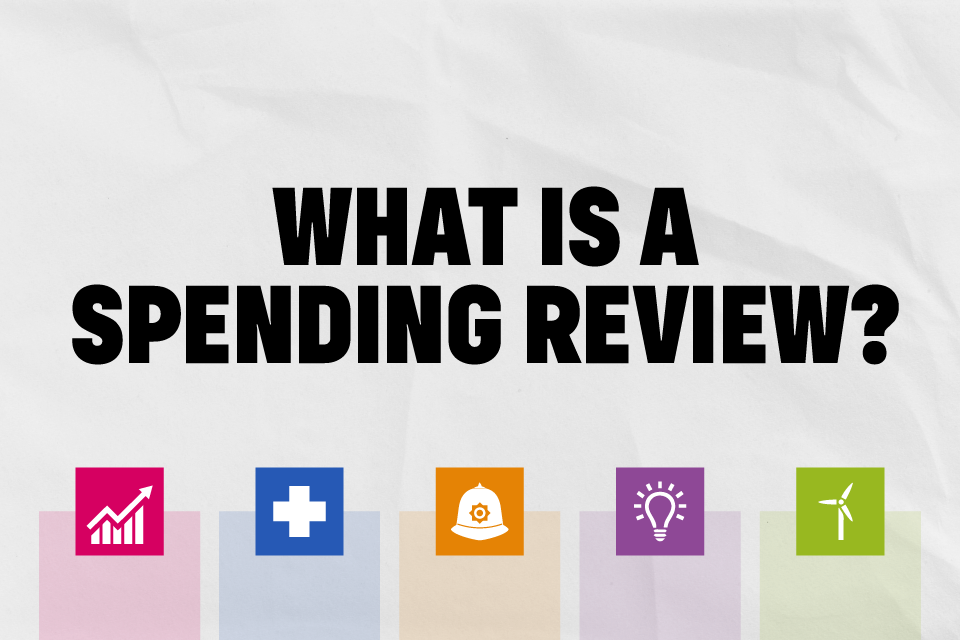What is a Spending Review?
A Spending Review is the process the government uses to set all departments’ budgets for future years. This covers both the services the public uses every day, like the NHS, schools and transport, and how the government will invest in research, energy security and infrastructure to drive economic growth across the country.
In the same way that households budget what they spend, the government does this with public money. This is to ensure it is spent effectively.
How does the government spend money?
The total amount the government spends is known as Total Managed Expenditure (TME). This is made up of
- Spending by departments – this is the amount that government departments have been allocated by the Treasury to spend each year and is known as Departmental Expenditure Limits (DEL).
- Money spent on things that are harder to plan for, usually because demand for them varies, so budgets are not fixed in advance. This includes welfare, pensions and debt interest payments. This is known as Annually Managed Expenditure (AME). The level of AME spending in the future is forecast by the Office for Budget Responsibility.
DEL budgets are split into two additional categories
- Resource spending – which covers what the government spends on its day-to-day running and administration costs. These are generally goods and services, like nurses’ pay or medicines.
- Capital spending – which is funding for investment to improve the UK’s infrastructure and public services. For example, new roads, hospitals and military equipment.
What is the Spending Review process?
The Chancellor of the Exchequer and Chief Secretary to the Treasury lead the Spending Review.
First, the government identifies key priorities for all departments, which includes the key outcomes that public services should deliver.
All departments are then asked to submit their budget requests to the Chief Secretary to the Treasury, detailing how much money they will need and how it will be used. Collaboration across government is key to ensuring this process runs smoothly and everyone understands how budget requests across different departments will help deliver the government’s priorities.
The Chief Secretary and Treasury officials review these requests, assess how they align with the government’s priorities and make sure they offer good value for money for the taxpayer, working together with departments to understand the requests. The Chief Secretary then meets with Secretaries of State to discuss and agree a final budget, including how it will be spent and what outcomes it should deliver.
The government often uses a Spending Review to set budgets for several years. At Autumn Budget 2024, the government committed to setting resource budgets for three years and capital budgets for five years, with reviews every two years. This will enable better financial planning and help achieve value for money.
The Chancellor of the Exchequer then approves and allocates final budgets to each department.
What is happening in the current Spending Review?
Spending Review 2025 is taking place in two phases.
At the Autumn Budget on 30 October 2024, the Chancellor set out the outcome of Phase 1 of the Spending Review, which confirmed departmental budgets for 2024-25 and set budgets for 2025-26. She also announced the total level of funding planned for Phase 2 (‘the envelope’), which will conclude and be published in late spring of 2025.
Phase 2 will prioritise delivering the government’s missions. As part of this departments will be expected to make better use of technology and seek to reform public services, to support delivery of the government’s plans for a decade of national renewal.

